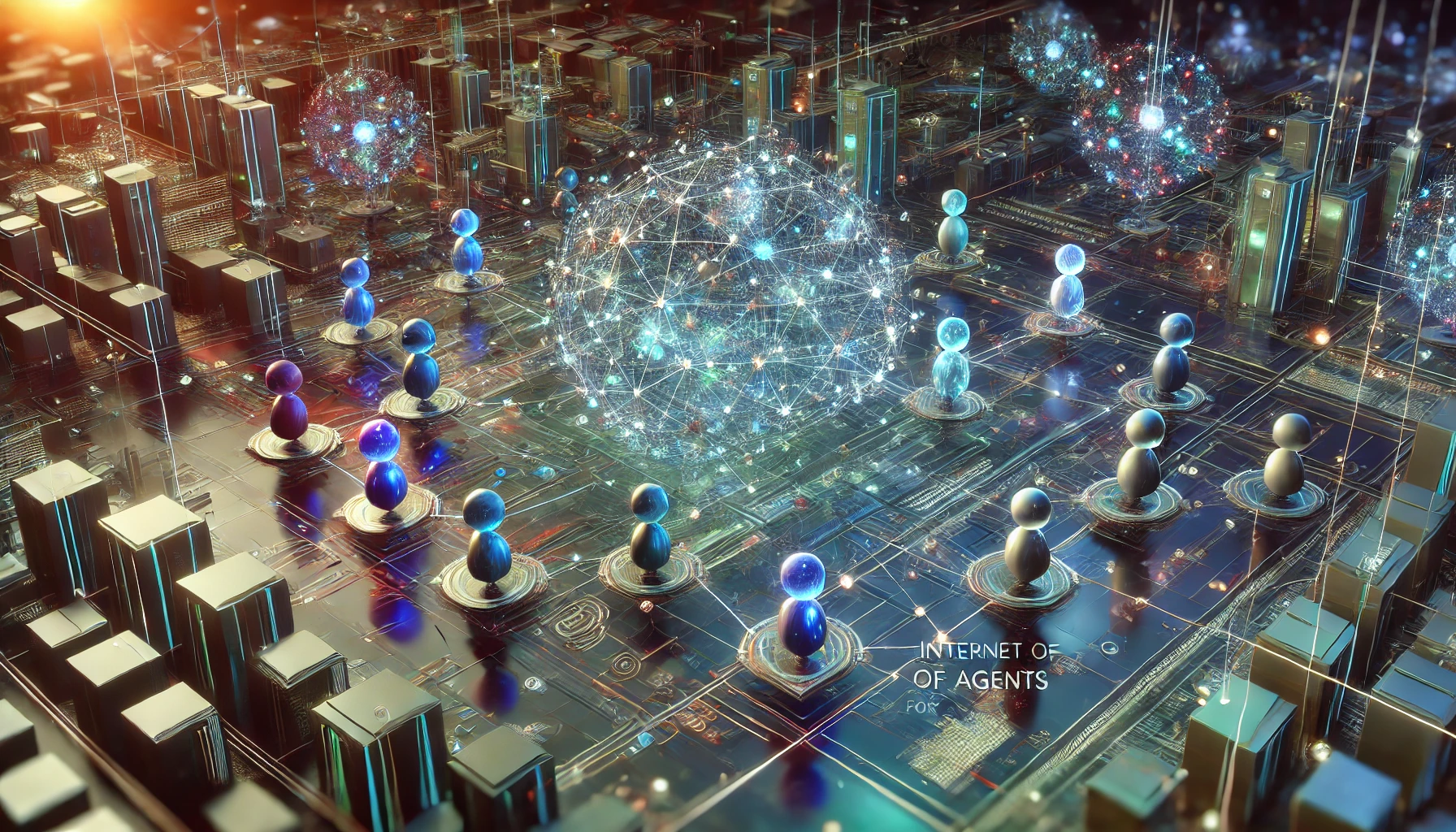Key Points
1. The rapid advancement of large language models (LLMs) has paved the way for the development of highly capable autonomous agents.
2. Existing multi-agent frameworks often struggle with integrating diverse capable third-party agents due to reliance on agents defined within their own ecosystems.
3. Most multi-agent frameworks are limited to single-device setups, which differs significantly from real-world scenarios where agents could be distributed across multiple devices.
4. Existing frameworks often rely on hard-coded communication pipelines, limiting their adaptability to dynamic task requirements.
5. IoA introduces an agent integration protocol, an instant-messaging-like architecture design, and dynamic mechanisms for agent teaming and conversation flow control to address the limitations of existing frameworks.
6. Through experiments on general assistant tasks, embodied AI tasks, and retrieval-augmented generation benchmarks, IoA consistently outperforms state-of-the-art baselines.
7. IoA's performance showcases its ability to facilitate effective collaboration among heterogeneous agents.
8. IoA represents a step towards linking diverse agents in an Internet-like environment, where agents can seamlessly collaborate to achieve greater intelligence and capabilities.
9. The IoA codebase has been released at https://github.com/OpenBMB/IoA.
Summary
The paper presents a novel framework called the Internet of Agents (IoA) that aims to enable effective collaboration among diverse and capable third-party agents. The authors highlight the limitations of existing multi-agent frameworks, which often struggle with integrating diverse agents due to reliance on agents defined within their own ecosystems, face challenges in simulating distributed environments, and rely on hard-coded communication pipelines that limit adaptability.
IoA is designed as an instant-messaging-app-like platform that addresses these limitations. It introduces an agent integration protocol, an instant-messaging-like architecture, and dynamic mechanisms for agent teaming and conversation flow control. The framework consists of a server that manages agent registration, discovery, and message routing, and client wrappers that provide agents with the necessary communication functionalities.
The key mechanisms of IoA include:
1) Distributed agent collaboration: IoA supports agents distributed across multiple devices, in contrast to traditional frameworks that simulate multi-agent systems on a single device.
2) Dynamic and adaptive communication: IoA implements mechanisms for autonomous team formation and conversation flow control, allowing agents to adapt their collaboration strategies based on task requirements.
3) Integration of heterogeneous agents: IoA provides a flexible protocol for integrating various third-party agents, expanding the diversity of agent capabilities.
Through extensive experiments, the paper demonstrates IoA's effectiveness in facilitating collaboration among heterogeneous agents. Compared to state-of-the-art baselines, IoA achieves a 66-76% win rate in open-domain task evaluations when integrated with AutoGPT and Open Interpreter. On the GAIA benchmark, IoA outperforms previous methods, and in retrieval-augmented generation tasks, IoA's performance approaches or exceeds that of GPT-4.
The authors believe that by further exploring and refining the IoA paradigm, more sophisticated and adaptable multi-agent systems can be developed, ultimately pushing the boundaries of what autonomous agents can achieve in problem-solving and decision-making.
Reference: https://arxiv.org/abs/2407.07061v2
